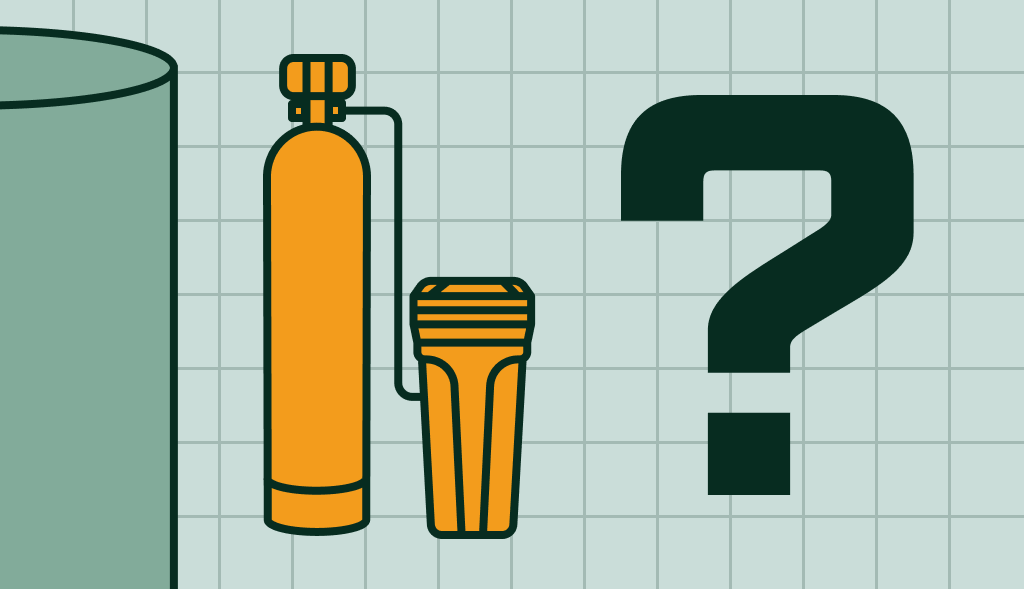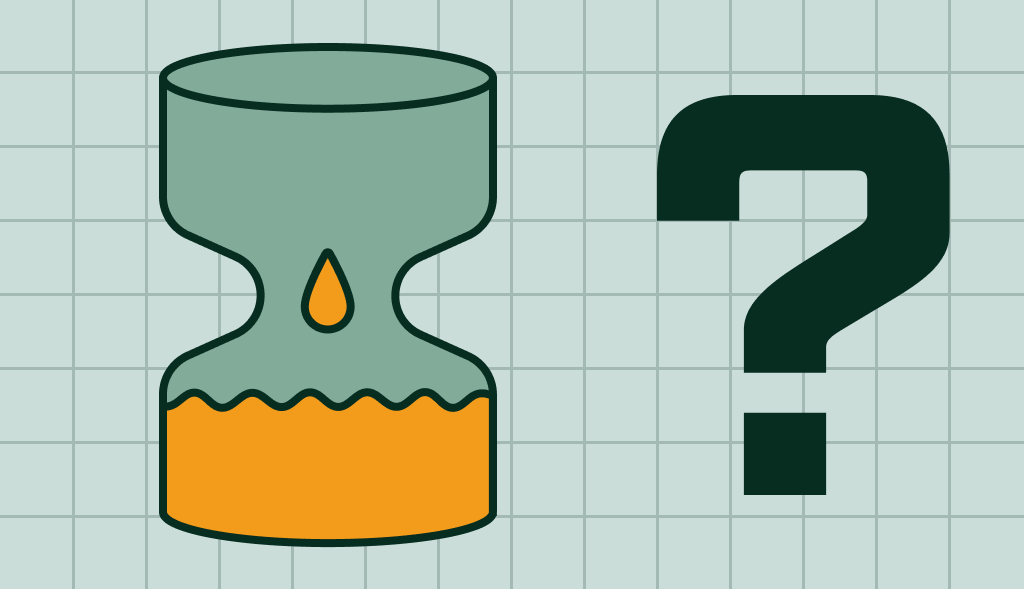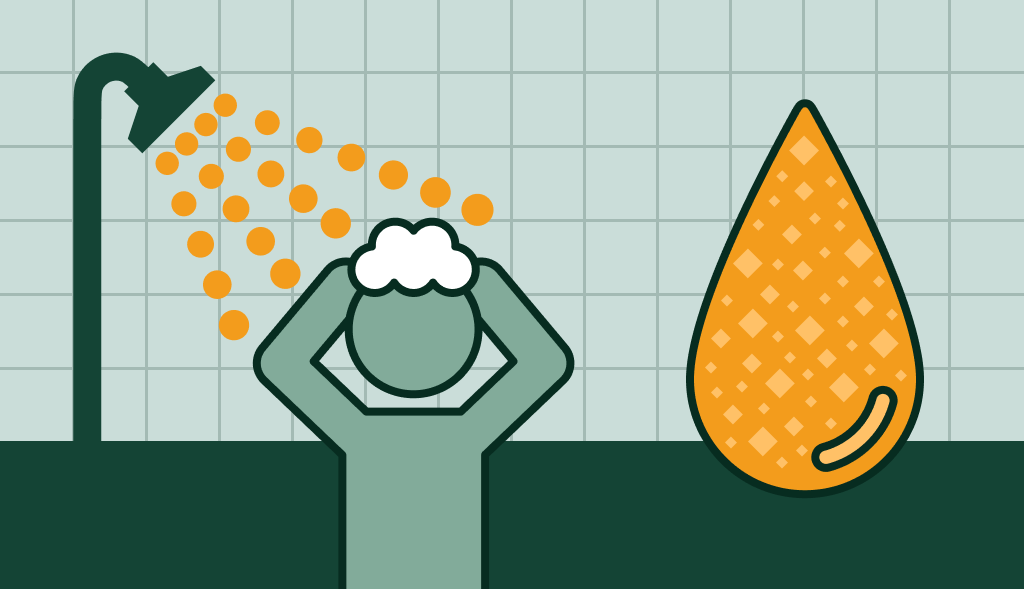How Does a Water Softener Work: A Detailed Explanation

Water softening is a process that can greatly improve the quality of your water and extend the life of your appliances, especially water heaters. However, the process can often be seen as mysterious or confusing. In this article, we will break down how a typical water softener works and explain the key terms related to it.
Understanding Hard and Soft Water
Before we jump into how does a water softener work, it’s essential to understand the difference between hard and soft water. Hard water contains high levels of calcium and magnesium ions, while soft water has significantly fewer of these minerals. The presence of these minerals can cause a variety of problems in your home, from reduced soap lathering to scaling in your water heaters and pipes.
The Water Softening Process
Water softening systems are designed to reduce the hardness of water. The central component of a typical water softener is the resin tank, which is filled with negatively charged resin beads. As water flows into this tank, a process known as ion exchange occurs. Here’s a detailed step-by-step look at how the water softening process occurs:
Ion Exchange
The ion exchange process is the heart of how a water softener works. The calcium and magnesium ions in the hard water are positively charged. As the hard water flows over the negatively charged resin beads in the resin tank, the calcium and magnesium ions are attracted to these beads. Simultaneously, the beads release sodium ions into the water, effectively replacing the hardness-causing minerals with sodium. The result is soft water flowing out of the system and into your home.
Regeneration Cycle
Over time, the resin beads in the water softening system will become saturated with calcium and magnesium ions and will not be able to soften any more water. To resolve this, water softeners undergo a regeneration cycle. During this process, salty water from the brine tank (known as brine solution) is flushed through the resin tank. The high concentration of sodium ions in the brine solution forces the calcium and magnesium ions off the resin beads, effectively “recharging” them.
After the brine solution has flowed through the resin tank, the system then flushes out the hard water minerals and excess sodium in a process known as backwashing. The treated water is then ready for use, and the water softening process can start over.
Benefits of Using a Water Softener
- Extended Appliance Life: Hard water often leaves scale deposits in appliances such as dishwashers, washing machines, and water heaters. This can significantly decrease the lifespan of these appliances. Soft water can extend the life of these appliances by preventing the build-up of these deposits.
- Improved Water Flow: Similarly, hard water can lead to scale build-up in your pipes, which can reduce water flow and eventually lead to clogs. A water softener can help keep your pipes clear and maintain the efficiency of your plumbing system.
- Better Soap Efficiency: Hard water makes it more difficult for soap to lather and can leave a residue on your skin and clothes. Soft water improves soap efficiency, meaning you’ll need less soap for washing, bathing, and cleaning, which can save you money in the long run.
- Cleaner Dishes and Glassware: Hard water can leave spots on dishes and glassware. A water softener can help prevent these spots, leaving your dishes and glassware cleaner and shinier.
Downsides of water softener
While water softeners provide numerous benefits, they also have a few downsides. Here are some to consider:
- Increased Sodium Intake: When a water softener removes hardness from water, it replaces the calcium and magnesium ions with sodium ions. For individuals on a low-sodium diet, this increase could be significant.
- Water Heater Corrosion: Softened water can sometimes cause faster corrosion of water heaters, specifically those with a sacrificial anode rod. The process of ion exchange that occurs in a water softener can make the water more aggressive toward certain metals, such as those used in water heater anode rods. This may require more frequent replacement of the anode rod to prevent corrosion of the tank.
- Cost: Water softeners require an upfront cost for the unit and installation. Additionally, they require ongoing costs for salt, replacement parts, and energy to operate. These costs can add up over time.
- Maintenance: Water softeners require regular maintenance. This includes refilling the salt, cleaning the tank, and potentially replacing parts over time. This requires time and effort on the part of the homeowner.
Conclusion
Understanding how a water softener works can be quite beneficial, as it can aid in making informed decisions about water treatment solutions for your home. The key to the softener work lies in the ion exchange process and the regeneration cycle, ensuring you always have softened water when you need it.
FAQ
Absolutely, you can use the Corro-Protec powered anode rod with any water treatment system safely. No matter what type of water softener system you’re using, the Corro-Protec rod will adjust itself automatically to work effectively with your water.
Blog
How Long Do Water Heaters Last? Much Shorter Than it Could!
How long do water heaters last is a very complex and difficult question to answer. We live in a society that increasingly understands the environmental […]
Washing Hair in Hard Water: Your Ultimate Guide
Understanding Hard Water and Its Effects on Hair Hard water, characterized by a high concentration of dissolved minerals like calcium and magnesium, can pose several […]

